Much remains unknown about the novel coronavirus ripping through China, but one thing is certain. The disease can cast a storm over the whole human body.
In pic: Coronavirus: Steps and precautions to take as per WHO guidelines
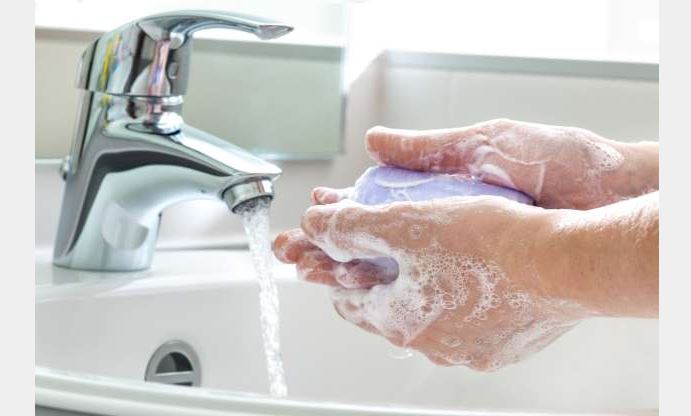
A new SARS-like coronavirus, named 2019-nCoV, originated in Wuhan, China, in December 2019 and has since claimed several lives and spread to a number of countries around the world. According to the World Health Organization (WHO), the health agency of the United Nations (U.N.), “Coronaviruses (CoV) are a large family of viruses that cause illness ranging from the common cold to more severe diseases such as Middle East Respiratory Syndrome (MERS-CoV) and Severe Acute Respiratory Syndrome (SARS-CoV).” The nCoV is a new strain that has not been previously identified in humans. As nations struggle to contain the spread of the virus, the WHO declared the outbreak a global health emergency, and has issued an advisory recommending standard precautionary measures that people can take to reduce the transmission of a range of illnesses. Click through to take a look.
Such has been the nature of past zoonotic coronaviruses, ones that hopped from animals to humans like SARS and MERS. Unlike their common-cold-causing cousins, these emergent coronaviruses can spark a viral-induced fire throughout many of a person’s organs, and the new disease—dubbed “COVID-19” by the World Health Organization—is no exception when it is severe.
That helps explain why the COVID-19 epidemic has killed more than 1,500 people, surpassing the SARS death toll in a matter of weeks. While the death rate for COVID-19 appears to be a tenth of SARS, the novel coronavirus has spread faster.
Confirmed cases rose to more than 60,000, nearly a 50 percent jump relative to the prior day, and the tally has risen by another 7,200 since then. This leap reflects a change in the way Chinese authorities are diagnosing infections instead of a massive shift in the scope of the outbreak.
Rather than wait for patients to test positive for the virus, diagnoses now include anyone whose chest scan reveals COVID-19’s distinctive pattern of pneumonia. This method will hopefully allow authorities to isolate and treat patients more quickly.
If this outbreak continues to spread, there’s no telling how harmful it could become. A leading epidemiologist at the University of Hong Kong warned this week that COVID-19 could infect 60 percent of the globe if left unchecked. On Thursday, China’s National Health Commission said more than 1,700 health care workers are ill with the new virus, and the announcement came just a day after the WHO wrapped a summit on the best protocols for hospital care and the development of therapeutics, like vaccines.
But what actually happens to your body when it is infected by the coronavirus? The new strain is so genetically similar to SARS that it has inherited the title SARS-CoV-2. So combining early research on the new outbreak with past lessons from SARS and MERS can provide an answer.
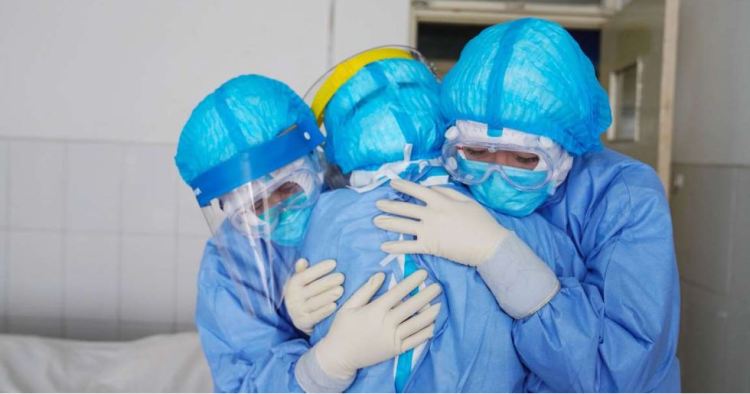
© Photograph by STR/AFP via Getty Images
Medical staff members hugging each other in an isolation ward at a hospital in Zouping in China’s easter Shandong Province.
The Lungs: Ground zero
For most patients, COVID-19 begins and ends in their lungs, because like the flu, coronaviruses are respiratory diseases.
They spread typically when an infected person coughs or sneezes, spraying droplets that can transmit the virus to anyone in close contact. Coronaviruses also cause flu-like symptoms: Patients might start out with a fever and cough that progresses to pneumonia or worse. (Find out how coronavirus spreads on a plane—and the safest place to sit).
After the SARS outbreak, the World Health Organization reported that the disease typically attacked the lungs in three phases: viral replication, immune hyper-reactivity, and pulmonary destruction.
Not all patients went through all three phases—in fact only 25 percent of SARS patients suffered respiratory failure, the defining signature of severe cases. Likewise, COVID-19, according to early data, causes milder symptoms in about 82 percent of cases, while the remainder are severe or critical.
Look deeper, and the novel coronavirus appears to follow other patterns of SARS, says University of Maryland School of Medicine associate professor Matthew B. Frieman, who studies highly pathogenic coronaviruses.
In the early days of an infection, the novel coronavirus rapidly invades human lung cells. Those lung cells come in two classes: ones that make mucus and ones with hair-like batons called cilia.
Mucus, though gross when outside the body, helps protect lung tissue from pathogens and make sure your breathing organ doesn’t dry out. The cilia cells beat around the mucus, clearing out debris like pollen or viruses.
Frieman explains that SARS loved to infect and kill cilia cells, which then sloughed off and filled patients’ airways with debris and fluids, and he hypothesizes that the same is happening with the novel coronavirus. That’s because the earliest studies on COVID-19 have shown that many patients develop pneumonia in both lungs, accompanied by symptoms like shortness of breath.
That’s when phase two and the immune system kicks in. Aroused by the presence of a viral invader, our bodies step up to fight the disease by flooding the lungs with immune cells to clear away the damage and repair the lung tissue.
When working properly, this inflammatory process is tightly regulated and confined only to infected areas. But sometimes your immune system goes haywire and those cells kill anything in their way, including your healthy tissue.
“So you get more damage instead of less from the immune response,” Frieman says. Even more debris clogs up the lungs, and pneumonia worsens. (Find out how the novel coronavirus compares to flu, Ebola, and other major outbreaks).
During the third phase, lung damage continues to build—which can result in respiratory failure. Even if death doesn’t occur, some patients survive with permanent lung damage. According to the WHO, SARS punched holes in the lungs, giving them “a honeycomb-like appearance”—and these lesions are present in those afflicted by novel coronavirus, too.
These holes are likely created by the immune system’s hyperactive response, which creates scars that both protect and stiffen the lungs.
When that occurs, patients often have to be put on ventilators to assist their breathing. Meanwhile, inflammation also makes the membranes between the air sacs and blood vessels more permeable, which can fill the lungs with fluid and affect their ability to oxygenate blood.
“In severe cases, you basically flood your lungs and you can’t breathe,” Frieman says. “That’s how people are dying.”
The Stomach: A shared gateway
During the SARS and MERS outbreaks, nearly a quarter of patients had diarrhea—a much more significant feature of those zoonotic coronaviruses. But Frieman says it’s still not clear whether gastrointestinal symptoms play a major part in the latest outbreak, given cases diarrhea and abdominal pain have been rare. But why does a respiratory virus bother the gut at all?
When any virus enters your body, it looks for human cells with its favorite doorways—proteins on the outside of the cells called receptors. If the virus finds a compatible receptor on a cell, it can invade.
Some viruses are picky about which door they choose, but others are a little more promiscuous. “They can very easily penetrate into all types of cells,” says Anna Suk-Fong Lok, assistant dean for clinical research at the University of Michigan Medical School and former president of the American Association for the Study of Liver Diseases.
Both SARS and MERS viruses can access the cells that line your intestines and large and small colon, and those infections appear to flourish in the gut, potentially causing the damage or the leakage of fluid that becomes diarrhea.
But Frieman says we don’t know yet if the novel coronavirus does the same. Researchers believe COVID-19 uses the same receptor as SARS, and this doorway can be found in your lungs and small intestines.
Two studies—one in the New England Journal of Medicine and one preprint in medRxiv involving 1,099 cases—have also detected the virus in stool samples, which might indicate the virus could spread via feces. But this is far from conclusive.
“Whether that kind of fecal transmission is occuring for this Wuhan virus, we don’t know at all,” Frieman says. “But it definitely looks like it’s there in the stool and it looks like people do have GI symptoms associated with this.”
Blood storm
Coronaviruses can also cause problems in other systems of the body, due to the hyperactive immune response we mentioned earlier.
A 2014 study showed that 92 percent of patients with MERS had at least one manifestation of the coronavirus outside of the lungs. In fact, signs of a full body blitz have been witnessed with all three of the zoonotic coronaviruses: elevated liver enzymes, lower white blood cell and platelet count, and low blood pressure. In rare cases, patients have suffered from acute kidney injury and cardiac arrest.
But this isn’t necessarily a sign that the virus itself is spreading throughout the body, says Angela Rasmussen, a virologist and associate research scientist at Columbia University Mailman School of Public Health. It might be a cytokine storm.
Cytokines are proteins used by the immune system as alarm beacons—they recruit immune cells to the site of infection. The immune cells then kill off the infected tissue in a bid to save the rest of the body.
Humans rely on our immune systems to keep their cool when facing a threat. But during a runaway coronavirus infection, when the immune system dumps cytokines into the lungs without any regulation, this culling becomes a free-for-all, Rasmussen says “Instead of shooting at a target with a gun, you’re using a missile launcher,” she says. That’s where the problem arises: Your body is not just targeting the infected cells. It is attacking healthy tissue too.
The implications extend outside the lungs. Cytokine storms create inflammation that weakens blood vessels in the lungs and causes fluid to seep through to the air sacs. “Basically you’re bleeding out of your blood vessels,” Rasmussen says. The storm spills into your circulatory system and creates systemic issues across multiple organs.
From there, things can take a sharp turn for the worse. In some of the most severe COVID-19 cases, the cytokine response—combined with a diminished capacity to pump oxygen to the rest of the body—can result in multi-organ failure. Scientists don’t know exactly why some patients experience complications outside of the lung, but it might be linked to underlying conditions like heart disease or diabetes.
“Even if the virus doesn’t get to kidneys and liver and spleen and other things, it can have clear downstream effects on all of those processes,” Frieman says. And that’s when things can get serious.
Liver: Collateral damage
When a zoonotic coronavirus spreads from the respiratory system, your liver is often one downstream organ that suffers. Doctors have seen indications of liver injury with SARS, MERS, and COVID-19—often mild, though more severe cases have led to severe liver damage and even liver failure. So what’s happening?
“Once a virus gets into your bloodstream, they can swim to any part of your body,” Lok says. “The liver is a very vascular organ so [a coronavirus] can very easily get into your liver.”
Your liver works pretty hard to make sure your body can function properly. Its main job is to process your blood after it leaves the stomach, filtering out the toxins and creating nutrients your body can use. It also makes the bile that helps your small intestine break down fats. Your liver also contains enzymes, which speed up chemical reactions in the body.
In a normal body, Lok explains, liver cells are constantly dying off and releasing enzymes into your bloodstream. This resourceful organ then quickly regenerates new cells and carries on with its day. Because of that regeneration process, the liver can withstand a lot of injury.
When you have abnormally high levels of enzymes in your blood, though—as has been a common characteristic of patients suffering from SARS and MERS—it’s a warning sign. It might be a mild injury that the liver will quickly bounce back from or it could be something more severe—even liver failure.
Lok says scientists don’t completely understand how these respiratory viruses behave in the liver. The virus might be directly infecting the liver, replicating and killing off the cells itself. Or those cells might be collateral damage as your body’s immune response to the virus sets off a severe inflammatory reaction in the liver.
In Pic : Coronavirus (COVID-19) outbreak
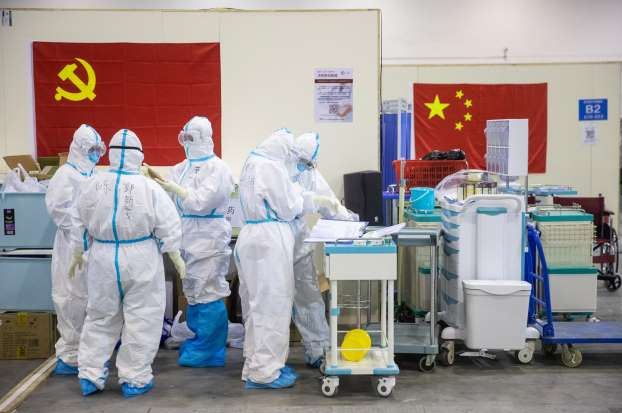
China has been battling an outbreak of a new SARS-like coronavirus (COVID-19), which originated in Wuhan. The virus has claimed over 1,850 lives in mainland China – surpassing the death toll during the SARS outbreak in 2003 – and infected more than 73,200 people around the world. Outside mainland China, Philippines reported a death on Feb. 2, Hong Kong on Feb. 4, Japan on Feb. 14, and France and Taiwan on Feb. 15. The other countries and regions infected by the novel coronavirus are Australia, Belgium, Cambodia, Canada, Finland, Germany, India, Italy, Malaysia, Nepal, Russia, Singapore, South Korea, Spain, Sri Lanka, Sweden, Thailand, UAE, the U.K., the U.S. and Vietnam. On Feb. 11, World Health Organization (WHO) announced a new name for the virus – COVID-19, which stands for Corona Virus Disease 19. On Feb. 13, Beijing authorities announced that everyone returning to the city is required to either self-quarantine or visit designated venues for 14 days to prevent the virus from spreading any further. The WHO, on Feb 17, said that the data provided by China indicates a drop in the number of new cases but cautioned that “every scenario is on the table.”
(Pictured) Medical staff work at an exhibition center that has been converted into a hospital, in Wuhan, China, on Feb. 17.
Either way, she notes that liver failure was never the sole cause of death for SARS patients. “By the time the liver fails,” she says, “oftentimes you’ll find that the patient not only has lung problems and liver problems but they may also have kidney problems. By then it becomes a systemic infection.”
Kidney: It’s all connected
Yes, your kidneys are caught up in this mess, too. Six percent of SARS patients—and a full quarter of MERS patients—suffered acute renal injury. Studies have shown the novel coronavirus can do the same. It may be a relatively uncommon feature of the disease, but it is a fatal one. Ultimately 91.7 percent of SARS patients with acute renal impairment died, according to a 2005 study in Kidney International.
Like the liver, your kidneys act as a filter your blood. Each kidney is filled with about 800,000 of microscopic distilling units called nephrons. These nephrons have two main components: a filter to clean the blood and a little tubes that return the good stuff back to your body or send the waste down to your bladder as urine.
It’s the kidney tubules that seem to be most affected by these zoonotic coronaviruses. After the SARS outbreak, the WHO reported that the virus was found in kidney tubules, which can become inflamed.
It’s not uncommon to detect a virus in the tubules if it’s in your bloodstream, says Kar Neng Lai, a professor emeritus at the University of Hong Kong and consultant nephrologist at Hong Kong Sanatorium and Hospital. As your kidneys are continuously filtering blood, sometimes the tubular cells can trap the virus and cause a transient, or milder, injury.
That injury could become lethal if the virus penetrates the cells and begins to replicate. But Lai—who was also a member of the first group of researchers reporting on SARS and contributed to the Kidney International study—says there was no evidence that the SARS virus was replicating in the kidney.
That finding, Lai says, suggests acute kidney injury in SARS patients might be due to a diverse set of causes, including low blood pressure, sepsis, drugs, or a metabolic disturbance. Meanwhile, the more severe cases that led to acute renal failure showed signs of—you guessed it—a cytokine storm.
Acute renal failure can also sometimes be brought on by antibiotics, multi-organ failure, or being connected to a ventilator for too long. Everything is connected.





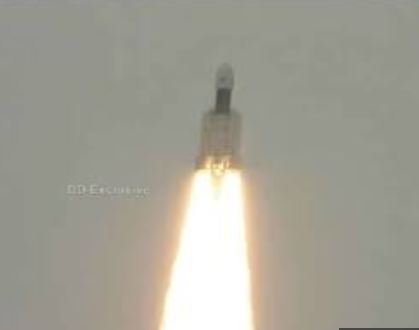

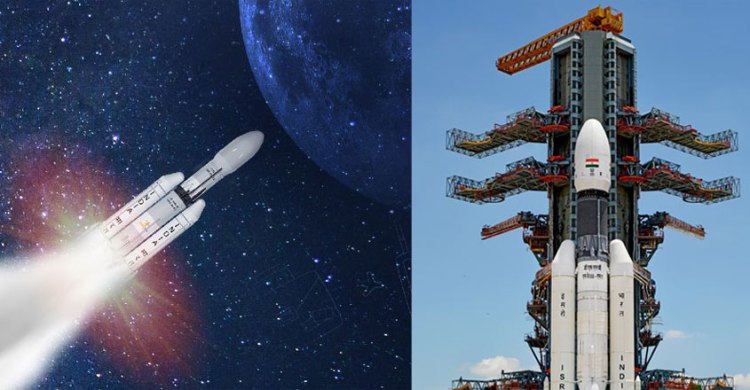

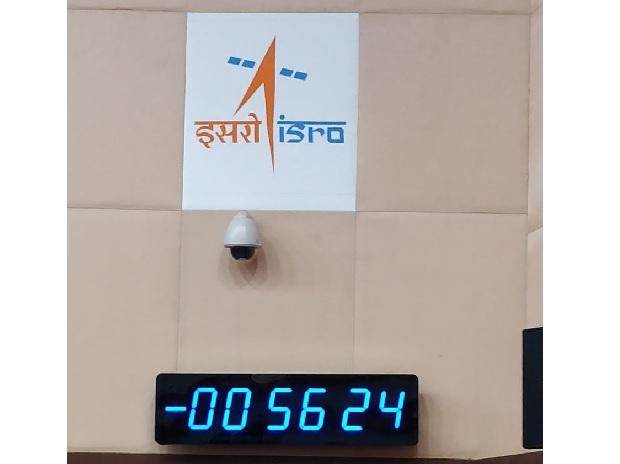
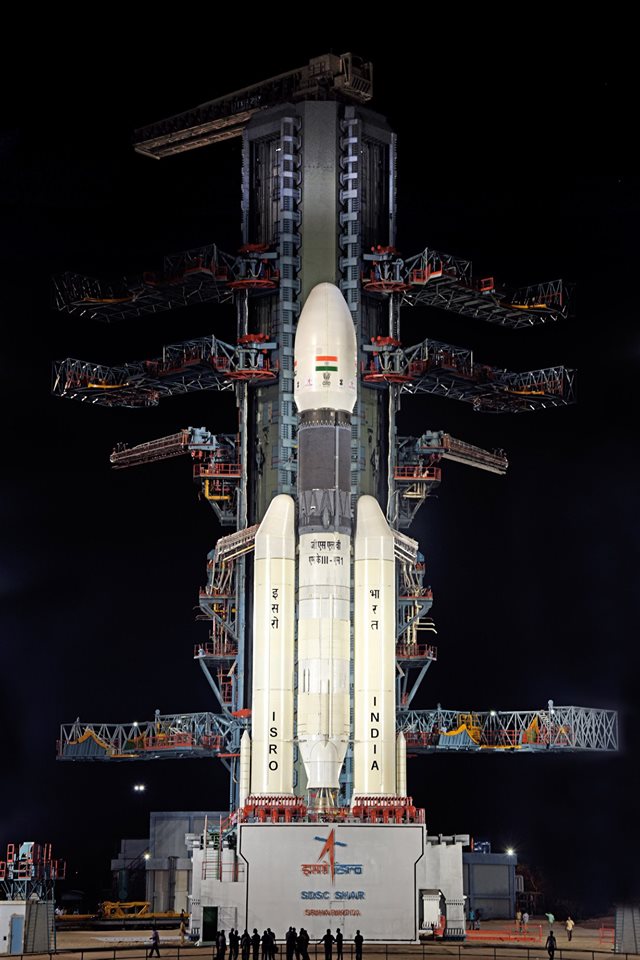
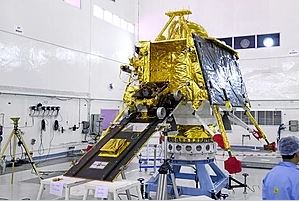
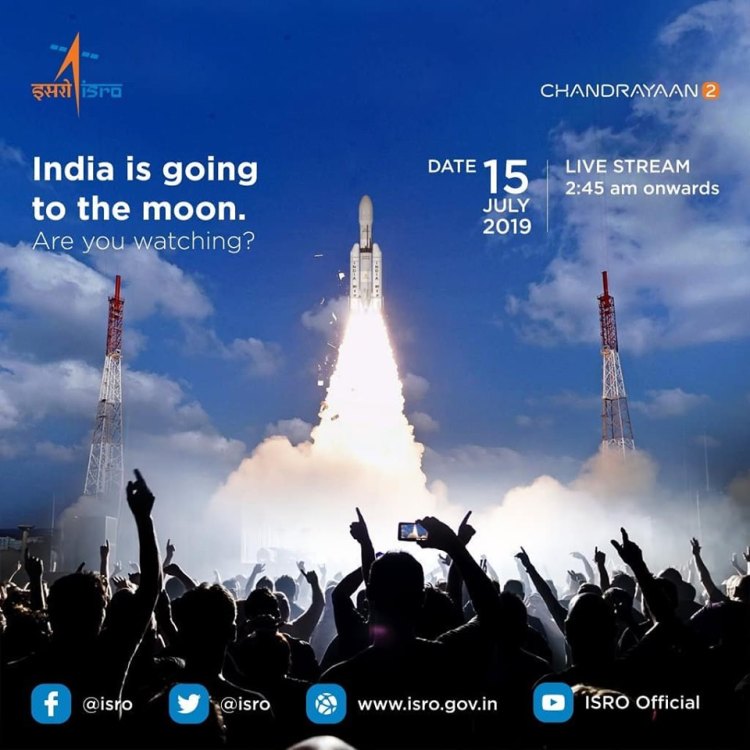

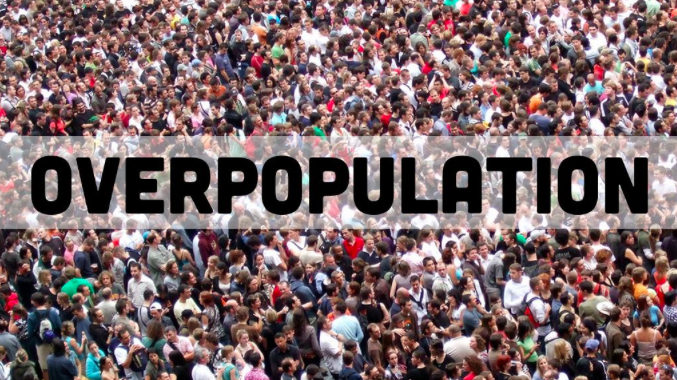
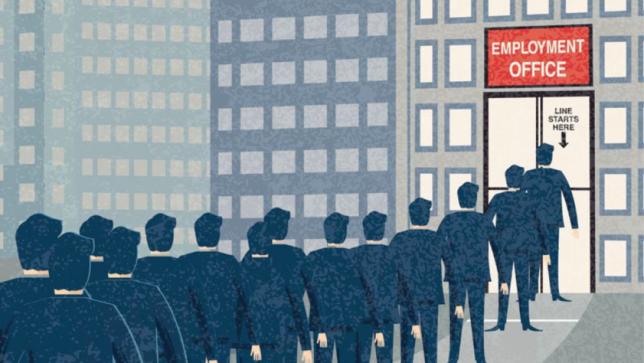
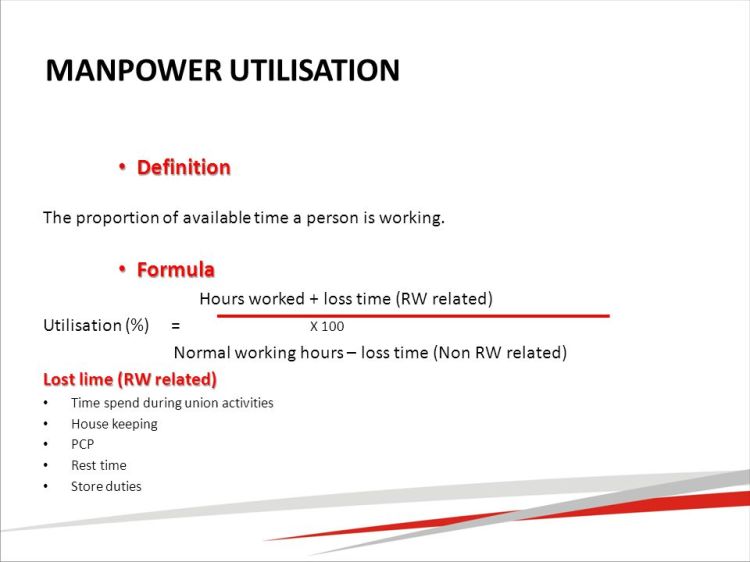

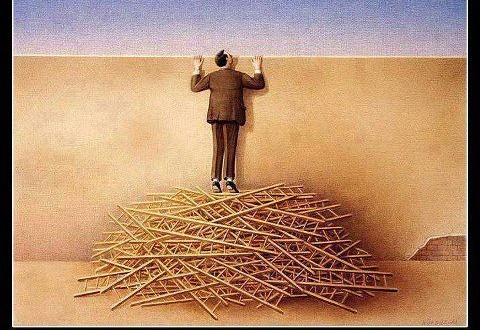
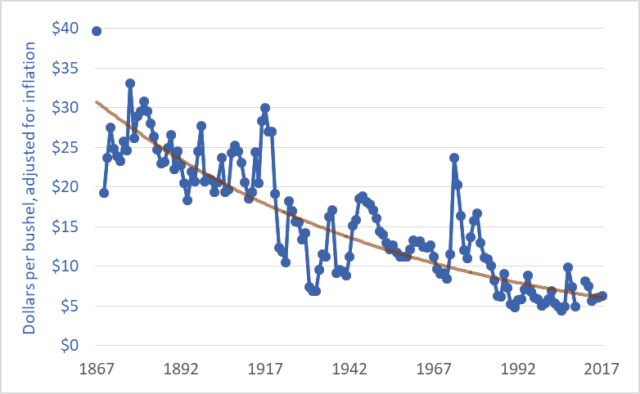

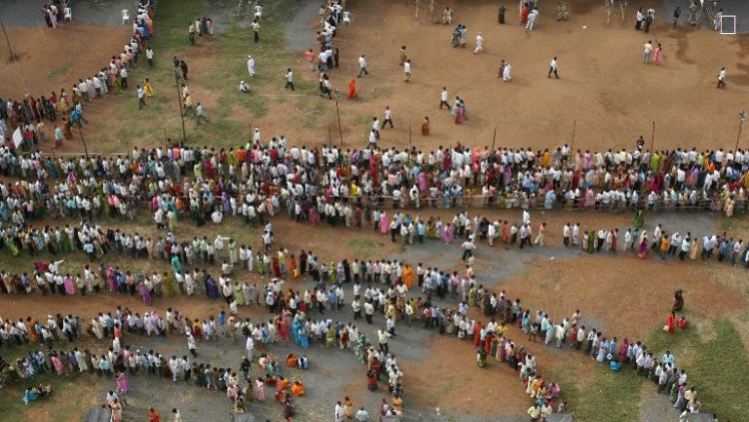


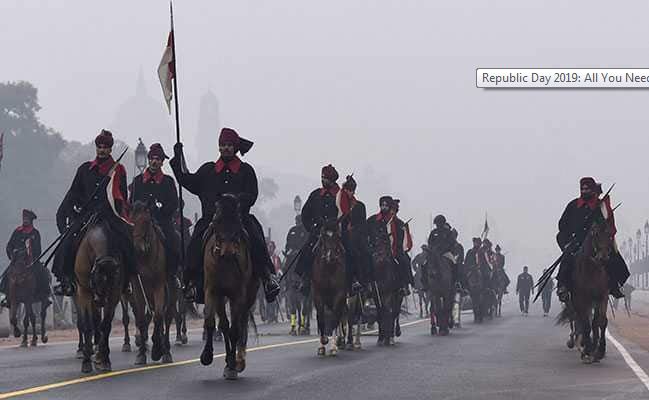 Republic Day parade 2019: India will celebrate its 70th Republic Day on Saturday, that is January 26.
Republic Day parade 2019: India will celebrate its 70th Republic Day on Saturday, that is January 26.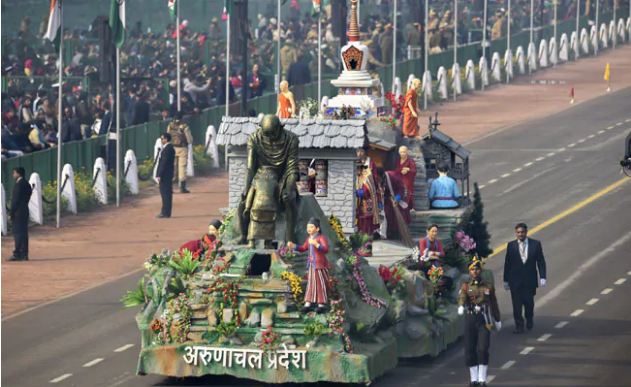 Republic Day 2019: India’s multifarious folk dances, including those from Tamil Nadu, Arunachal Pradesh and Maharashtra, are all set to enthrall the audience on the 70th Republic Day in New Delhi on Saturday.
Republic Day 2019: India’s multifarious folk dances, including those from Tamil Nadu, Arunachal Pradesh and Maharashtra, are all set to enthrall the audience on the 70th Republic Day in New Delhi on Saturday.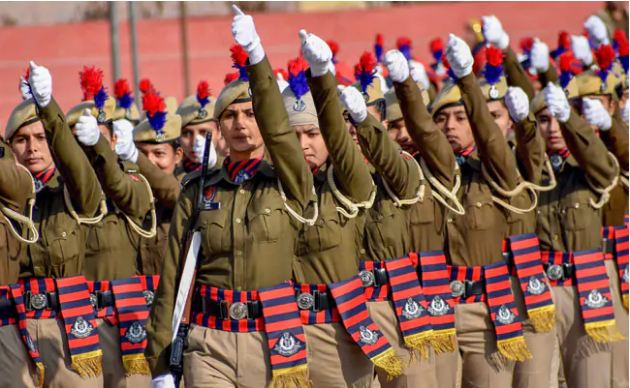 Republic Day 2019: The 70th Republic Day parade will be a dazzling display of ‘Nari Shakti’.
Republic Day 2019: The 70th Republic Day parade will be a dazzling display of ‘Nari Shakti’.











